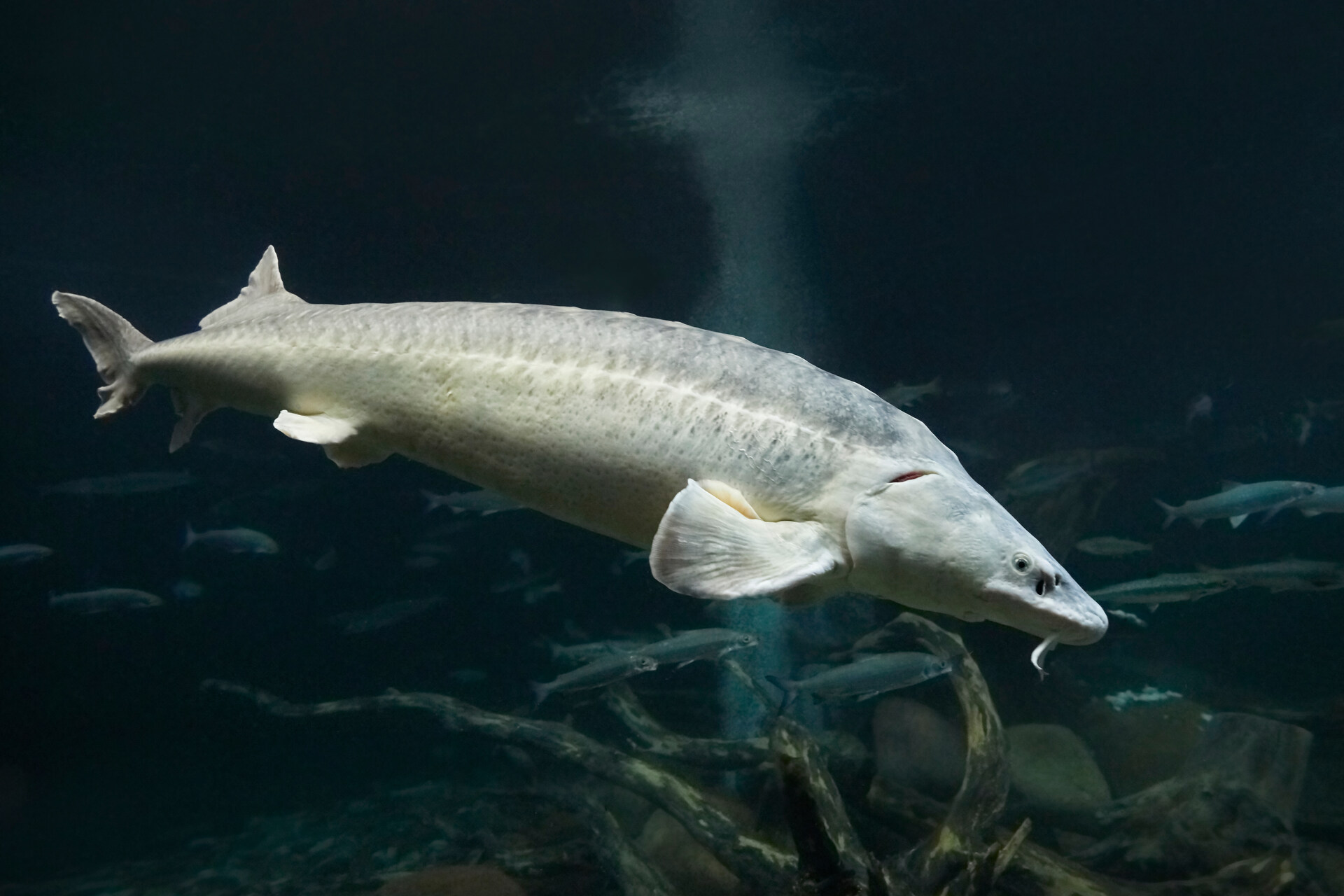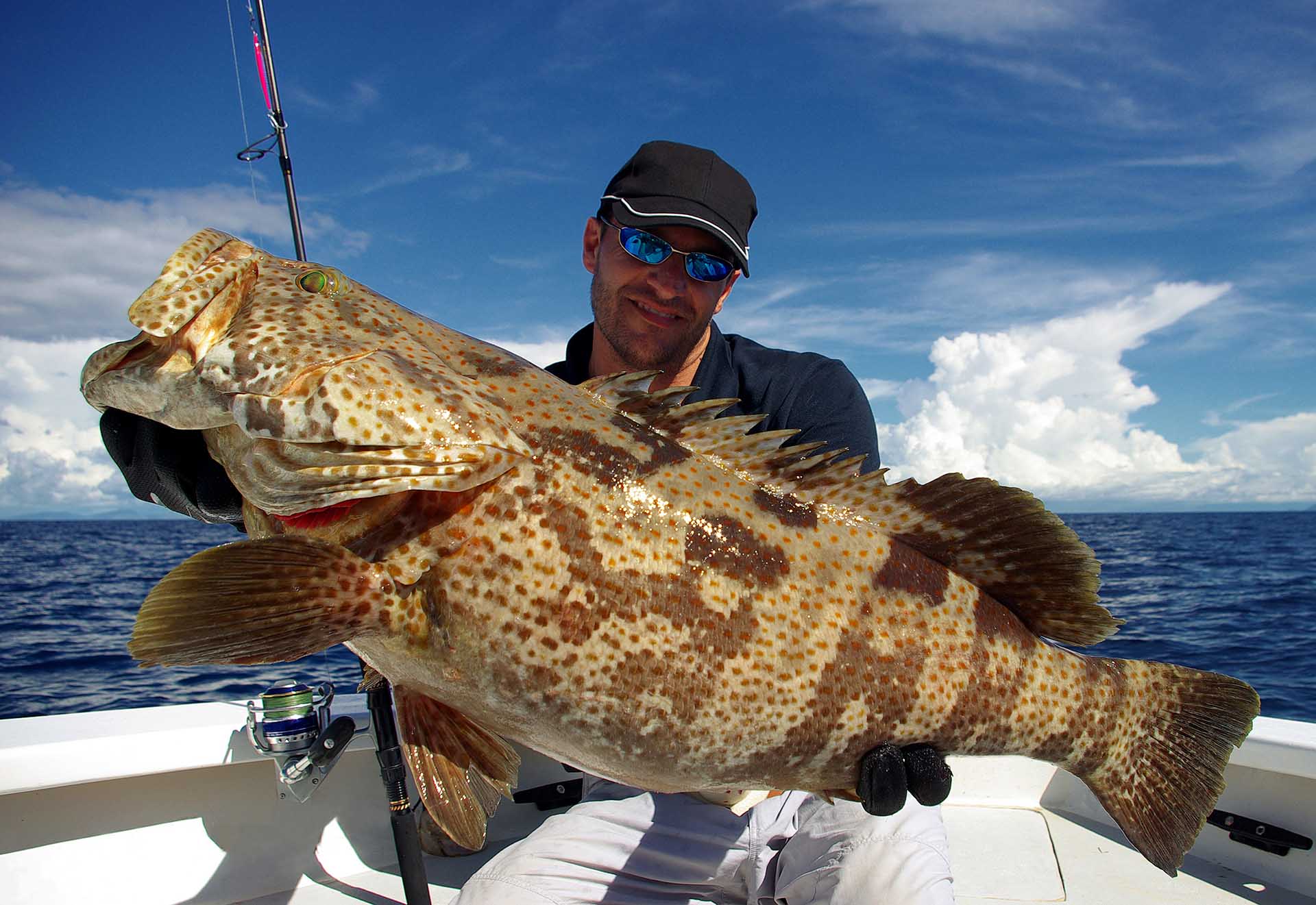Mastering how to catch yellow perch is a true gem among fishermen’s quests. This adventure takes you through the shimmering world of freshwater angling, where patience meets excitement, and every cast brings you closer to reeling in these tiny striped treasures. So, grab your rod, and let’s get all close and personal with the most effective fishing tactics for yellow perch.
How to Catch Yellow Perch?
When it comes to yellow perch, knowing how to catch this fish starts with the right equipment. A light to medium-light fishing rod with a smooth spinning reel and a four to six-pound test line usually does the trick. Employ techniques like jigging or working with live, fresh baits, such as minnows or worms. Anglers up for an extreme challenge can also try out their luck with some ice fishing.
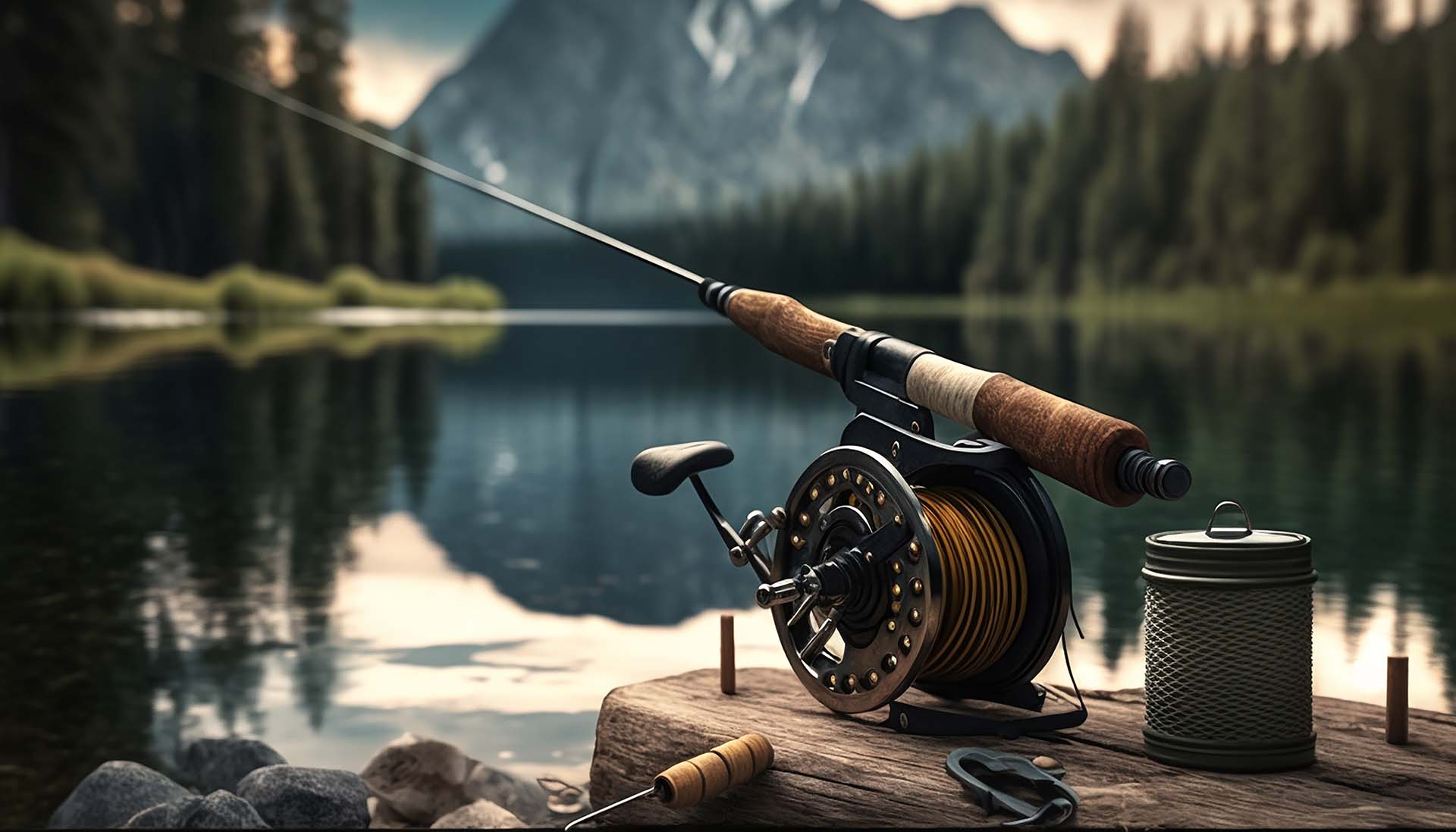
First Things First, Take Some Time To Get To Know Your Target
Ask any angler out there – this is one of the most charismatic characters of the freshwater world. This fascinating creature is adorned with vibrant stripes flaunting shades of gold, green, and orange. They’re striking in appearance, but not exactly the largest freshwater fish out there, averaging four to ten inches in length.
But what these fish lack in size they make up in their spirited fight, presenting a rewarding challenge for both seasoned anglers and beginner fishermen. Their wide distribution and predictable habits make them an accessible target, but don’t let that fool you – a strategic approach is also very much needed.
The Life Cycle And Behavior Of This Species Determine Prime Perch Fishing Seasons
From spawning extravaganzas in the shallows during spring to their winter retreats into the deeper, calmer waters, this fish species has well-established seasonal patterns. They’re creatures of habit, following the rhythms of nature to dictate their movements.
Come spring, they’re all about reproduction, laying their eggs among the reeds. As seasons shift, so does their location. For example, during the summer, they tend to lurk in cooler, deeper waters, escaping the warmth. Daily, these fish are active feeders, especially at dawn and dusk, making these prime times for anglers to cast their fishing lines.
Catching Perch In Lakes Is Easy When You Know Exactly Where You Need To Look
This freshwater aficionado finds solace in the serene environments of lakes, ponds, and rivers, thriving in the clear, cool waters of the Northern Hemisphere. For those plotting their next angling expedition, here are some top-tier lakes known to be hotspots:
- Lake Michigan,
- Lake Erie,
- Lake Winnebago,
- Lake of the Woods,
- Lake Simcoe.
These fish have a knack for cozying up to underwater structures like weed beds, fallen logs, and rocky outcrops, using them as hideouts from predators. Understanding this preference is one of the most valuable yellow perch fishing tips you could have under your belt, guiding you to the perfect spot to drop your line.
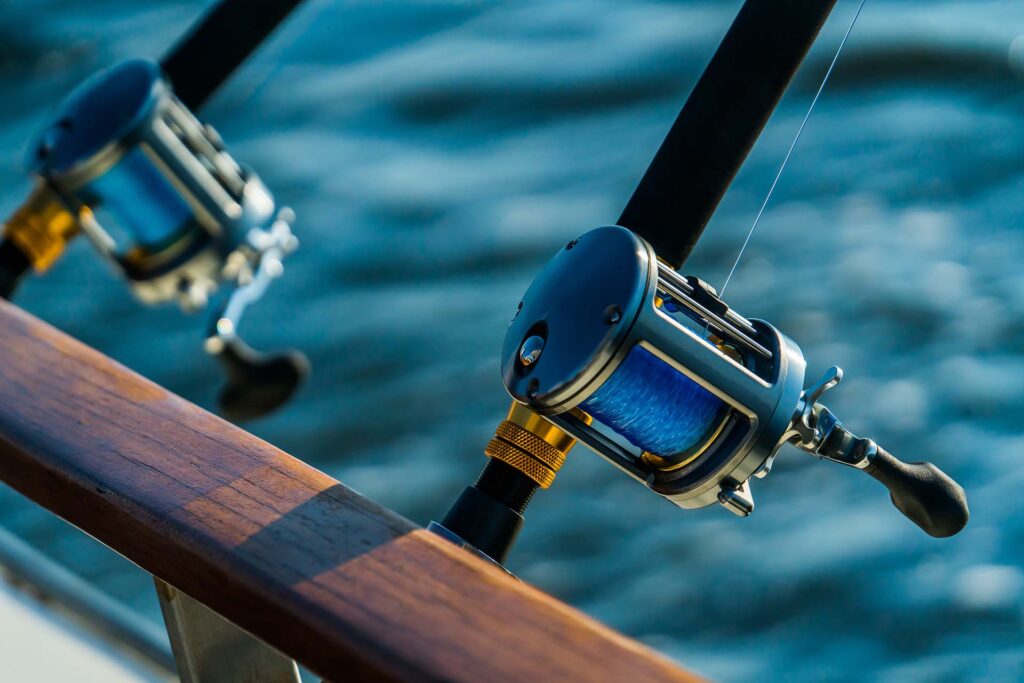
Perch Fishing Gear – Gearing Up With The Right Arsenal For This Aquatic Adventure
Imagine stepping into a duel without your sword or into a storm without your cloak – that’s the scenario when hitting the waters unprepared. The right gear transforms your fishing journey from a tale of what could have been to a saga of triumphant catches. It’s about matching your tools to the temperament of your target, all while respecting the requirements of your preferred angling technique.
A Lightweight Fishing Rod With A Smooth Spinning Reel Is The Way To Go
The cornerstone of your perch-fishing gear is a trusty angling rod that feels like an extension of your own arm. For this species, the ideal choice is a lightweight, flexible piece that doesn’t skimp on durability. Aim for something in the 6 to 7-foot range, with a light to medium-light action. Here are a few pieces that are usually recommended:
- KastKing Crixus IM6 Graphite Spinning Rod – stands out as a durable, versatile choice, making it a valuable tool no matter what kind of freshwater adventure is waiting for you,
- Quantum Fishing Graphex Medium Spinning Rod – you can choose between the one-piece and the two-piece design, catering your choice to your own preferences,
- Ugly Stik GX2 Spinning Fishing Rod – a lightweight option that is perfect for newcomers and seasoned anglers alike, offering an easy introduction to freshwater quests.
Pairing your fishing rod with the right spinning reel is equally important as any other part of your gear. As for the line, a four to six-pound test monofilament line is your best ally. It’s stealthy enough to trick the wary eyes of our target and strong enough to withstand their spirited fights.
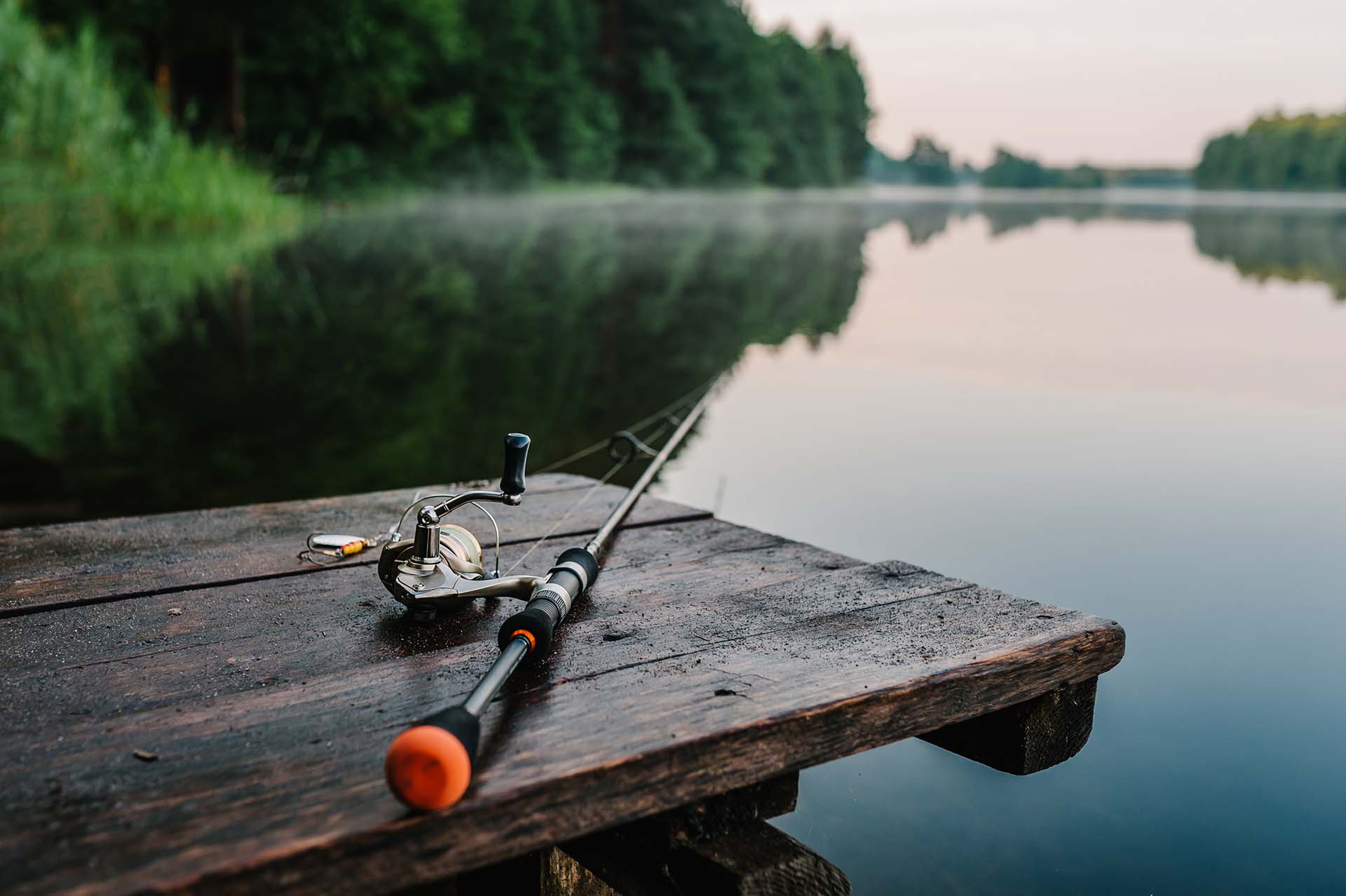
Tackle Box Essentials – Live Baits vs. Artificial Lures For Perch
The best bait for perch seems to be minnows or worms, which mimic the natural diet of this species, triggering an instinctual bite. On the flip side, artificial lures, particularly light-colored jigs, offer unmatched versatility and can be incredibly effective in darker, vegetation-rich waters where they stand out and attract attention.
The debate between the two routes is as old as fishing itself. Here’s a quick comparison to help weigh your options:
| Aspect | Live Baits | Artificial Lures |
| Attraction | High, mimics natural prey | High, with versatile designs |
| Convenience | Requires maintenance and storage | Easy to carry and reusable |
| Cost | Ongoing purchase required | Cost-effective long-term |
| Versatility | Limited to what's naturally available | Wide range of options |
| Skill Level | Beginner-friendly | Some experience needed |
A Quick Guide On How To Catch Big Yellow Perch All Year Long
With your gear finely tuned and your tackle box overflowing with options, mastering a few key fishing styles can elevate your game, no matter the season. Let’s delve into how each technique can help you land these aquatic wonders throughout the year.
Still Fishing With Live Bait
Still fishing with live bait is a classic, time-honored method that hinges on the natural appeal of minnows, worms, or even small insects. The key here is to mimic the perch’s natural prey as closely as possible, presenting your bait at varying depths until you find where your target is feeding.
Patience is your ally – let the bait do the work, tempting the fish out of their hideouts with its irresistible, lifelike movements. A well-placed bobber can help you monitor your bait’s depth and detect those subtle nibbles, turning waiting into a true art form.
The Jigging Technique
Jigging is an active, engaging technique that can be particularly effective for catching this species, requiring a bit of rhythm and flair. By using a lightweight jig, you create an enticing motion that mimics injured or vulnerable prey.
The trick is in the twitch of your fishing rod tip – subtle yet sharp movements can make your jig come alive in the water. Experiment with colors and depths, especially in waters where visibility is low. As you refine your jigging technique, you’ll find that the response below can be both swift and rewarding.
Ice Fishing For Yellow Perch
Now that we’ve discussed how to catch yellow perch in summer and other warmer months of the year, is it possible to be successful in winter as well? Actually, ice fishing is a pretty popular way to pursue this species.
The key to success under the ice lies in your setup and bait choice. Small jigs tipped with live bait or specialized ice-fishing lures can be incredibly effective. Pay close attention to the depth of your offerings, as these fish tend to school at specific layers depending on the time of day and temperature. Utilizing a portable fish finder or learning to read the water’s natural signals can dramatically increase your chances.
A Few Additional Tips And Tricks To Maximize Your Chances Of Success
Now that we’ve navigated through the essential freshwater fishing techniques, let’s not stop there. To truly elevate your game and become a perch-pulling powerhouse, incorporating a few extra tricks into your angling repertoire can make all the difference. Here are some of the most important tricks:
- Experiment with bait scents or attractants to give your lures an edge, especially in murky waters,
- Keep a journal to track the conditions and spots where you’ve had success in the past,
- Pay attention to weather patterns, as this species can be more active before a storm,
- Vary your retrieval speeds when using lures to mimic different types of prey movements,
- Use lighter tackle to make the fight more challenging and to detect bites more easily,
- Stay quiet and minimize movement on the fishing boat, as these fish can be spooked by noise and vibrations,
- Don’t overlook shallow waters, especially in the early morning or late evening.
It’s All About Knowing How To Read The Water
Becoming proficient at reading the water is a skill that goes beyond merely spotting the obvious signs of fish. It’s about understanding how environmental factors such as wind, current, and structure affect their behavior.
As we’ve already discussed, this species takes a liking to underwater structures, so always be on the lookout for those. Also, observing how baitfish move, where birds are feeding, or identifying subtle changes in water color can be particularly helpful for spotting your target.
Don’t Forget To Employ The Conservation Practices For Perch Fishing
Employing catch and release for undersized or excessive catches helps maintain a balanced population and promotes growth. Be mindful of local regulations regarding size and bag limits, and always handle fish with care to minimize stress and injury. This is a responsibility for every angler out there – by employing sustainable practices, we’re securing the legacy of fishing for years to come.
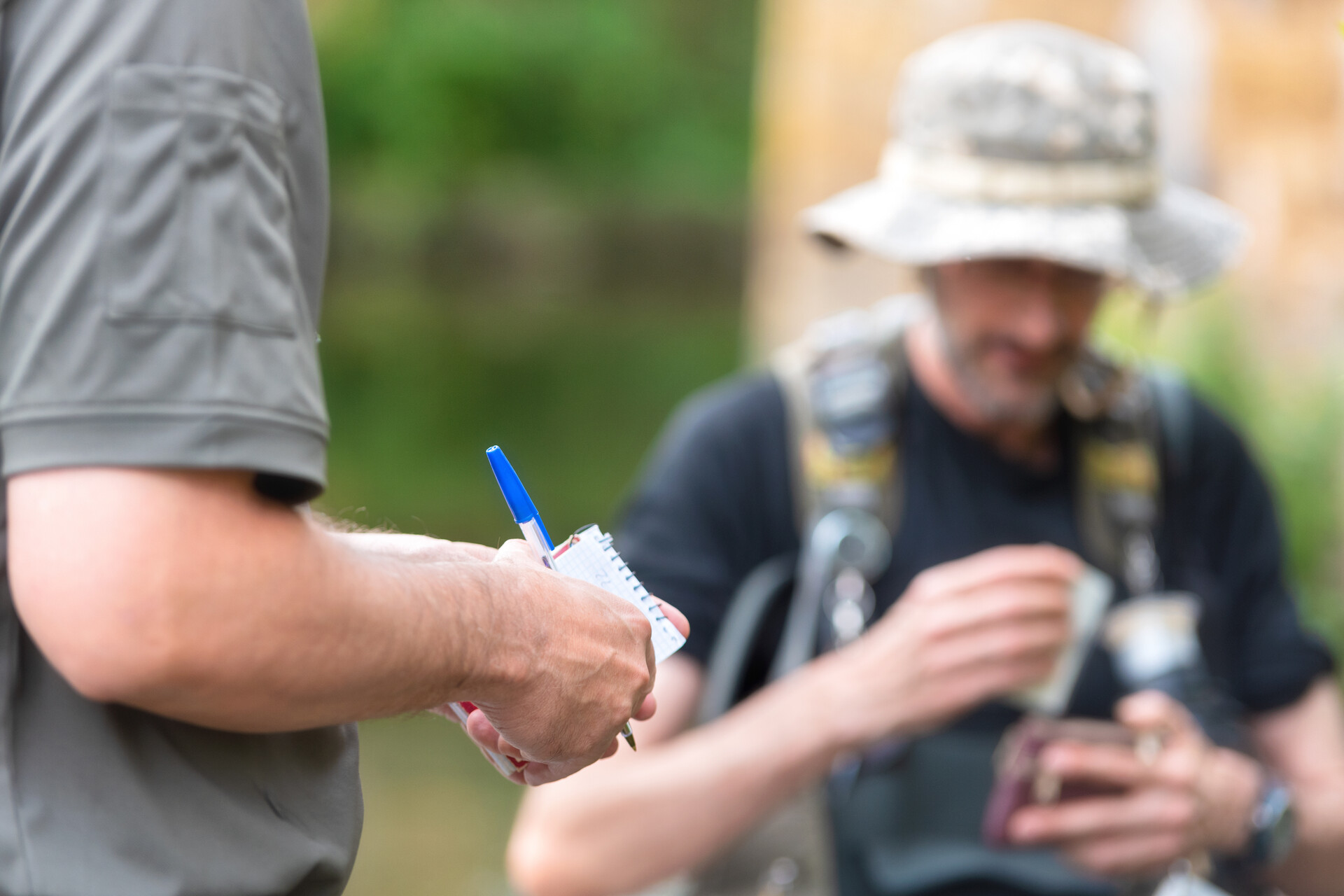
Casting Into The Sunset With A Promise Of A Golden Catch
As we reel in this exciting exploration, remember that every cast, every technique, and every moment spent on the water weaves into the larger story of your fishing journey. Armed with the right gear, a toolbox of techniques, and an arsenal of tips and tricks, you’re well on your way to becoming a perch-catching legend. Here’s to tight lines, big catches, and stories that last a lifetime!

